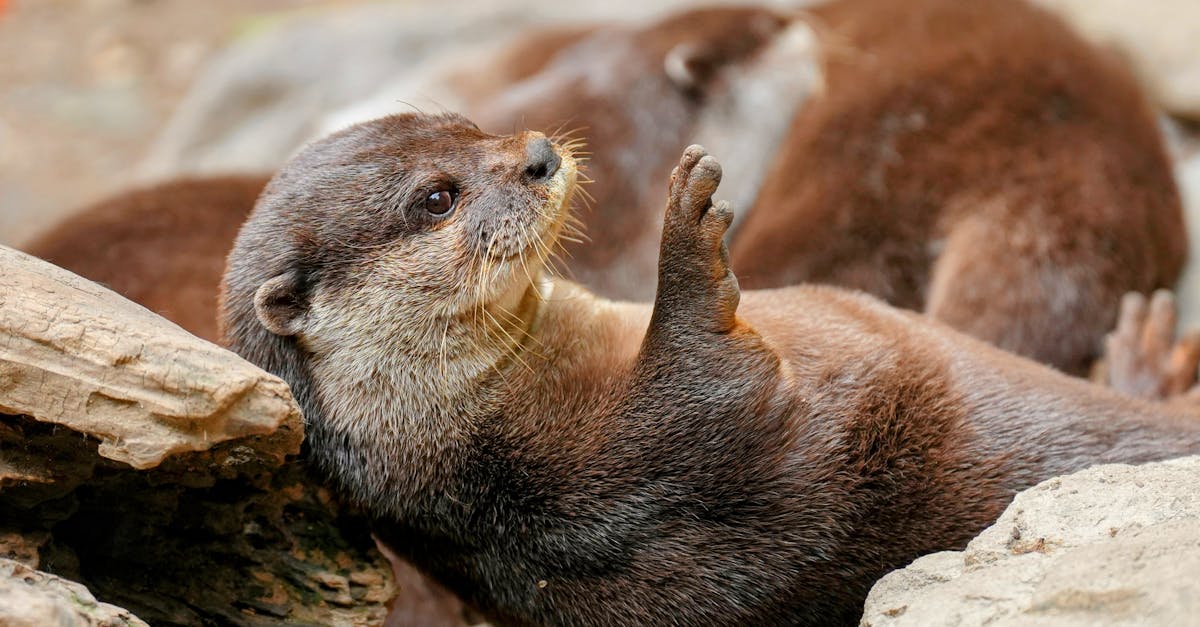Great white sharks are one of the ocean’s most formidable predators, known for their size, strength, and mystery. These magnificent creatures are often misunderstood, leading to a host of myths and misconceptions. In this blog post, we will explore ten fun facts about great white sharks that highlight their unique characteristics, behaviors, and their crucial role in the marine ecosystem.
| Fact | Description |
|---|---|
| 1. They Can Grow Up to 20 Feet Long | Great white sharks are among the largest shark species, with some individuals reaching lengths of up to 20 feet or more. |
| 2. They Have a Unique Hunting Technique | Great whites often use a technique called “breaching” to catch seals, launching themselves out of the water. |
| 3. They Have an Incredible Sense of Smell | These sharks can detect blood in the water from miles away, making them efficient hunters. |
| 4. They Are Warm-Blooded | Unlike most fish, great white sharks can regulate their body temperature, allowing them to thrive in colder waters. |
| 5. They Can Live for Over 70 Years | Research suggests that great white sharks can live for several decades, with some individuals reaching ages of over 70 years. |
| 6. They Are Not Mindless Killers | Great whites are intelligent and curious creatures, often exhibiting complex social behaviors. |
| 7. They Are Top Predators | As apex predators, great whites play a critical role in maintaining the balance of marine ecosystems. |
| 8. Their Teeth Are Adapted for Shearing | Great white sharks have serrated teeth that are perfect for tearing through flesh. |
| 9. They Have a Wide Distribution | These sharks can be found in coastal waters around the world, particularly in areas with abundant seal populations. |
| 10. They Are Protected by Law | Many countries have implemented laws to protect great white sharks due to their declining populations. |
They Can Grow Up to 20 Feet Long
Great white sharks are among the largest shark species, with some individuals reaching lengths of up to 20 feet or more. Their massive size allows them to dominate the marine food chain, preying on seals, fish, and even other sharks. The size of a great white can vary significantly depending on factors such as age, sex, and environmental conditions. Females tend to be larger than males, which is common in many shark species.

They Have a Unique Hunting Technique
Great whites often use a technique called “breaching” to catch seals. This spectacular hunting method involves the shark swimming rapidly towards the surface and launching itself out of the water, catching its prey off guard. This surprising attack method is both impressive and effective, showcasing the shark’s strength and agility. The breach can reach heights of 10 feet or more, making it a breathtaking sight for observers.

They Have an Incredible Sense of Smell
Great white sharks possess one of the most acute senses of smell in the animal kingdom. They can detect blood in the water from miles away, which makes them incredibly efficient hunters. Their olfactory bulbs are highly developed, allowing them to pick up on tiny concentrations of substances in the water. This ability is crucial for locating prey, particularly in the vast and often murky ocean environments.

They Are Warm-Blooded
Unlike most fish, great white sharks are partially warm-blooded. They have a unique circulatory system that allows them to maintain a body temperature that is higher than the surrounding water. This adaptation enables them to swim in colder waters and remain active while hunting. The ability to regulate their body temperature gives them a competitive advantage over prey that may be more sluggish in colder conditions.

They Can Live for Over 70 Years
Research suggests that great white sharks can live for several decades, with some individuals reaching ages of over 70 years. Understanding the lifespan of great white sharks is crucial for conservation efforts, as it helps scientists assess population dynamics and the health of marine ecosystems. Their long lifespan also means that they reproduce slowly, making them vulnerable to overfishing and environmental changes.

They Are Not Mindless Killers
Great whites are intelligent and curious creatures. They exhibit complex social behaviors and are known to engage in playful interactions, both with each other and with other marine species. This intelligence is often overlooked due to their reputation as fearsome predators. Understanding their behavior can help dispel myths about them and highlight the need for conservation efforts.

They Are Top Predators
As apex predators, great whites play a critical role in maintaining the balance of marine ecosystems. They help regulate populations of prey species, which in turn affects the entire food web. The presence of great white sharks is an indicator of a healthy ocean ecosystem, and their decline can lead to significant ecological imbalances. Protecting great whites is essential for preserving marine biodiversity.

Their Teeth Are Adapted for Shearing
Great white sharks have serrated teeth that are perfectly adapted for tearing through flesh. Their teeth are designed to grip slippery prey and slice through tough skin, making them highly effective hunters. As they lose teeth over time, new ones continuously grow in, ensuring they always have the tools they need to survive. This dental adaptation is one of the key features that makes them such successful predators.

They Have a Wide Distribution
These sharks can be found in coastal waters around the world, particularly in areas with abundant seal populations. Their distribution is influenced by water temperature and prey availability, which means they are often found in regions where conditions are favorable for hunting. This wide distribution highlights the importance of protecting their habitats to ensure their survival in the wild.

They Are Protected by Law
Many countries have implemented laws to protect great white sharks due to their declining populations. Conservation efforts are crucial to ensure the survival of these magnificent creatures. Legal protections help combat illegal fishing and promote sustainable practices. By safeguarding great white sharks, we not only protect a vital species but also contribute to the health of marine ecosystems as a whole.

FAQ
What do great white sharks eat?
Great white sharks primarily feed on marine mammals, particularly seals, but they also consume fish and other sharks. Their diet varies depending on their location and the availability of prey.
Are great white sharks dangerous to humans?
While great white sharks are capable of inflicting harm, they are not mindless killers. Most interactions with humans are not aggressive, and attacks are often a case of mistaken identity. They typically do not seek out humans as prey.
How can we protect great white sharks?
Conservation efforts, including protected marine areas, sustainable fishing practices, and public education, are essential to protect great white sharks and their habitats. Supporting organizations that focus on marine conservation can also make a difference.
References:
– [National Oceanic and Atmospheric Administration (NOAA)](https://www.noaa.gov)
– [Marine Conservation Society](https://www.mcsuk.org)
– [Shark Research Institute](https://www.sharks.org)
